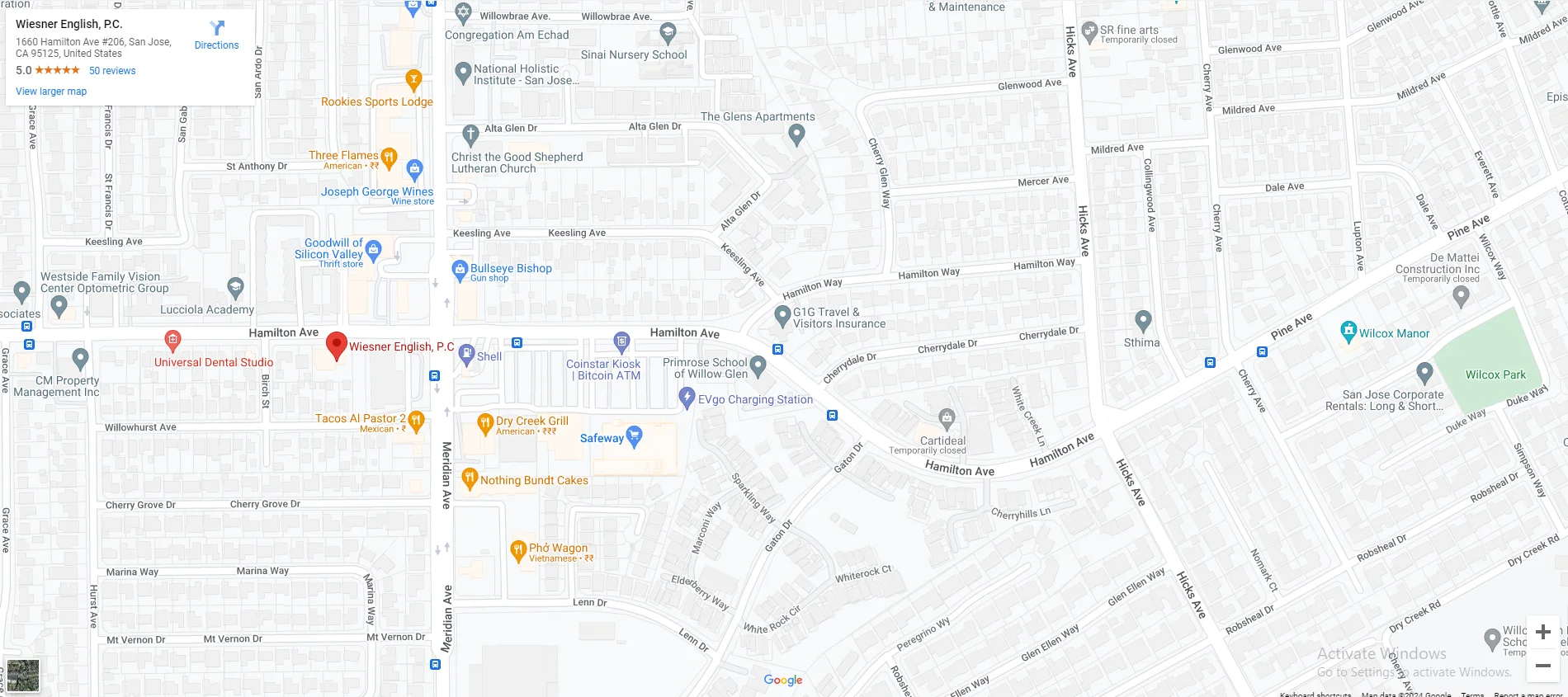|
|
Last Modified on Oct 08, 2024
When you need time off to recover from a work injury, the typical workers’ compensation claim will only provide a maximum of 104 weeks (two years) of wage replacement, called temporary disability, within the first five years from your injury date which is paid at two-thirds of your average weekly wage (AWW). However, in certain limited circumstances, either your temporary disability rate (TDR) or available weeks of payment could be adjusted.
Labor Code § 4661.5 – Adjustment of your TDR after Two Years
Let’s assume that you tore some of the tendons in your right shoulder due to a work injury. After an initial three months of temporary disability benefits for lost time from work, you return to work with medical restrictions. Fortunately, your employer is able to accommodate your restrictions until your pain is so significant that you need to have surgery a year and ten months after the injury.
While the first two months will be paid at the same rate as your TDR from the initial three month period, in accordance with Labor Code § 4661.5, in relevant part, “when any temporary total disability indemnity payment is made two years or more from the date of injury, the amount of this payment shall be computed in accordance with the … average weekly earnings … on the date each temporary total disability payment is made unless computing the payment on this basis produces a lower payment.”
If you had an increase in your earnings and become entitled to temporary disability, you may be entitled to an increase TDR based on Labor Code § 4661.5.
Reasonably Certain Raises
What happens when your entire company receives a raise while you are off from work due to a work injury? As analyzed in the cases of Thrifty Drug v WCAB (Kaye) and Grossmont Hospital v W.C.A.B., an injured worker is entitled to an increase in their TDR when the injected worker can provide “specific demonstrable evidence” of the increased wages they would have received if they had not suffered a workplace injury. Common examples of this are raises due to union contracts (e.g., public school employees, peace offices, union construction workers) or employment contracts that establish regular cost of living adjustments.
Exceptions to the 104 weeks of TD Cap
For most types of injuries, the legal cap on lost wages is 104 weeks of temporary disability. However, Labor Code § 4656(c) provides an exception to this cap in limited situations. Specifically, the cap gets extended to 240 weeks of temporary disability within the first five years of the injury when the injured worker suffers from the following conditions/injuries:
- Acute and chronic hepatitis B or C
- Amputations
- Severe burns
- Human immunodeficiency virus (HIV)
- High-velocity eye injuries
- Chemical burns to the eyes
- Pulmonary fibrosis
- Chronic lung disease
While a number of these conditions are self-explanatory (e.g., hepatitis or HIV), the WCAB has expanded and clarified the definitions of amputations, severe burns, high-velocity eye injuries, and chronic lung disease. For example:
- Amputations – must be an external “severance or removal of a limb, part of a limb, or other body appendage” and internal removal replacement; limb shortening or total knee replacement does not fall within the common meaning of amputation. Cruz v. Mercedes-Benz of San Francisco.
- Severe burns – Not all burns are severe burns. Per Sullivan v. Cafe Amsterdam, the four relevant factors to consider are:
- the extent of treatment,
- the amount of resulting temporary disability,
- the residual permanent disability, and
- the doctor’s medical classification of the burn.
- High-velocity eye injuries – an eye injury does not need to be caused by direct contact to the eye, so long as the impact was at a high-velocity (e.g. 30 mph pedestrian car accident) and the need for medical treatment to the eye arises due to the injury. Glick (Andrew) v. Knight-Swift Transportation Holdings.
- Chronic lung disease – as with severe burns, not all lung diseases are chronic. In measuring what is considered chronic, 8 CCR 9767.9 (dealing with continuing of care issues) is instructive as it defines chronic as any injury or condition “that persists without full cure or worsens over 90 days and requires ongoing treatment to maintain remission or prevent deterioration.”
An additional exception to the 104 week cap applies to certain peace officers and fire fighters who suffer from industrial cancer, as outlined in Labor Code §§ 4656(d) and 3212.1. Further, any of the above specified injuries or conditions need not be directly caused by the initial injury but can be a compensable consequence of another injury or condition. Granado v. Workers’ Comp. Appeals Bd. and Gray v. Moss Lighting. (1978)
If you feel that you may qualified for an increased TDR or meet an exception to the 104 week cap on lost wages, contact the attorneys at Wiesner English, P.C. for a free consultation.








